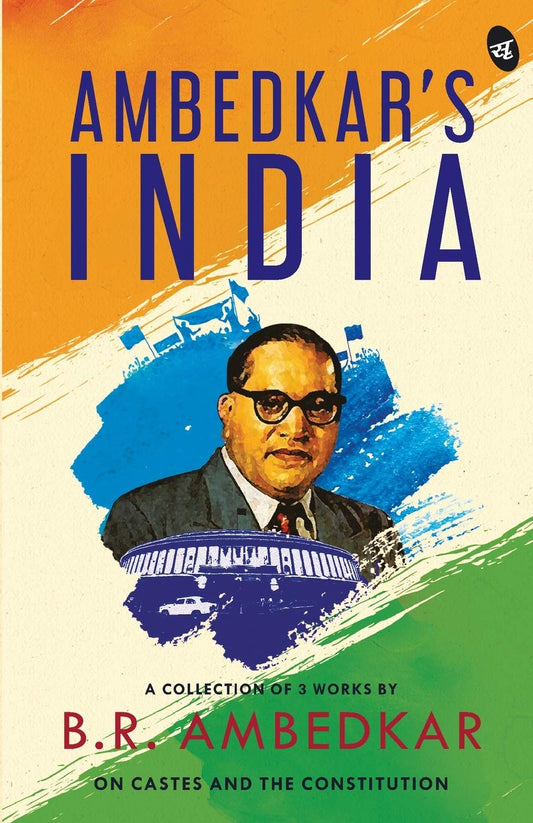Reading is one of the most enriching activities you can do. It expands your knowledge, enhances creativity, improves focus, and offers an escape into different worlds. But with the fast pace of life, it can be easy to get distracted, overwhelmed, or even discouraged when it comes to reaching your book reading goals.
Whether you're a bookworm or just starting to embrace reading as a habit, setting realistic and achievable book reading goals is key to making consistent progress.
In this post, we’ll walk you through the process of setting book-reading goals that are not only attainable but will help keep you motivated and on track throughout the year.
1. Start With Your “Why” – Understand Your Purpose
Before diving into specifics like the number of books you want to read or how often you want to read, it’s important to reflect on why you want to set reading goals in the first place. Do you want to read for relaxation? To learn more about specific subjects? To challenge your imagination? Or maybe you're looking to be part of a community of readers?
Ask yourself:
- What do I hope to achieve by reading more?
- Do I want to read more fiction, non-fiction, or a mix of both?
- Am I looking to read for self-improvement, entertainment, or education?
Having a clear sense of purpose will help guide you in setting more targeted, meaningful goals. For example, if you're reading to expand your knowledge, your goal might be to read a certain number of non-fiction books or books from specific categories like business, personal growth, or history.
2. Be Realistic About Your Time and Availability
One of the most common mistakes people make when setting reading goals is overestimating the amount of time they have. Life can get busy, and it’s easy to set overly ambitious goals without factoring in other commitments. The key to creating achievable goals is being honest with yourself about how much time you can realistically dedicate to reading.
Things to consider:
- How much free time do you have during the week for reading?
- Do you have a busy work schedule, family responsibilities, or other commitments?
- Are you a morning or evening reader? Can you set aside specific time for reading each day?
Once you’ve identified your available time, you can decide how many pages or chapters you can realistically read per day or week. Start small with a few pages a day or a set number of books per month. Remember, consistency is more important than speed when building a reading habit.
3. Set Specific and Measurable Goals
A vague goal like “read more books” might sound good, but it does not help create a concrete plan. Instead, focus on setting specific and measurable goals that will allow you to track your progress.
Examples of specific goals include:
- “Read 12 books this year” (roughly one book per month).
- “Read 20 pages a day.”
- “Finish 3 books by the end of the summer.”
- “Read one non-fiction book and one fiction book per month.”
The more specific and measurable your goal, the easier it is to stay on track. You can break down these larger goals into smaller, manageable chunks, making them easier to achieve and motivating you along the way.
4. Balance Quantity with Quality
It’s tempting to set a high number of books to read, especially when you see others on social media reading dozens of books each year. However, remember that quality over quantity matters more in the long run.
Consider the following:
- If you're reading for pleasure, don’t rush through books just to hit a goal. Take time to enjoy the story or the content.
- If you're reading for educational purposes, the quality of the books you choose is just as important as the number you finish.
- Aim to balance your reading goals with the depth of your understanding and enjoyment.
Setting a goal to read 20 books a year is great, but if you’re constantly skimming through them, you might not be getting the full benefit of each book. Instead, mix your reading goals with books that challenge you, as well as those that are easy reads to avoid burnout.
5. Track Your Progress
To stay motivated, it’s essential to track your progress and celebrate small wins along the way. Keeping track of your progress not only holds you accountable but also provides a sense of accomplishment as you see how far you've come.
Ways to track your reading:
- Use a reading journal to write down thoughts, reflections, and book titles.
- Utilize apps like Goodreads to set reading challenges and track your completed books.
- Create a simple checklist or calendar to mark off the books you've read.
Tracking your progress will give you the motivation to keep going, especially when you start seeing results. You’ll also get a sense of achievement when you hit milestones such as completing a certain number of books or chapters.
6. Be Flexible and Adaptable
Life doesn’t always go according to plan, and there will be times when you fall behind on your reading goals. Instead of giving up entirely, stay flexible and adapt your goals as needed. Maybe a book turned out to be harder to finish than you expected, or you’ve hit a busy period where reading isn’t a priority.
Some tips for staying adaptable:
- If you fall behind, adjust your goals. Instead of trying to make up for lost time, focus on reading a bit more each day moving forward.
- If you find that you’re not enjoying a book, give yourself permission to abandon it and choose something more aligned with your interests.
- If you're struggling to find the time to read, consider listening to audiobooks during commutes or while doing household chores.
The important thing is to keep reading and adjust your goals to fit your changing circumstances.
7. Mix Up Genres and Formats
To avoid burnout and keep your reading experience fresh, mix up the genres and formats you read. If you're constantly reading the same type of book, you might get bored or lose motivation.
Try the following:
- Genres: Mix in fiction, non-fiction, fantasy, history, biographies, thrillers, and self-help to keep things exciting.
- Formats: Include audiobooks, e-books, and physical books in your reading repertoire. This can be a great way to incorporate reading into your life, whether you’re on the go or at home.
By introducing variety, you can prevent reading fatigue and stay motivated to meet your goals.
8. Set Long-Term and Short-Term Goals
Having both long-term and short-term reading goals can give you a sense of direction and fulfillment. Long-term goals might include reading a set number of books by the end of the year, while short-term goals could focus on smaller, more immediate milestones, like finishing a book within a week or reading a chapter each night.
For example:
- Long-term goal: Read 30 books in a year.
- Short-term goal: Read one chapter every night before bed.
Having both types of goals ensures you're constantly making progress while still keeping an eye on the bigger picture.
Final Thoughts
Setting realistic and achievable book reading goals is all about balancing your aspirations with what’s practical for your lifestyle. By understanding your purpose, being honest about your time, and staying flexible, you can create goals that motivate and inspire you.
Start by choosing goals that excite you, track your progress, and remember to celebrate each book you finish. And most importantly, keep reading—no matter how many books you read, the goal is to enjoy the journey.
Setting Achievable Book Reading Goals FAQs
How do I set a realistic reading goal?
Consider your schedule and reading speed. Start with a manageable goal, like one book per month, and adjust as needed.
How many books should I aim to read in a year?
It depends on your lifestyle. A common goal is 12 books (one per month), but even a few books a year is progress.
How can I stay motivated to reach my reading goal?
Track your progress, join a reading challenge, or set rewards for milestones to keep yourself engaged.
What if I fall behind on my reading goal?
Don’t stress! Adjust your goal, choose shorter books, or try audiobooks to catch up.
Should I read multiple books at once?
If it keeps you engaged, yes! Mixing genres can prevent boredom and help you stay on track.
How do I balance reading with a busy schedule?
Set aside dedicated reading time, use spare moments, and consider audiobooks for multitasking.
What are some tools to track my reading progress?
Apps like Goodreads a simple journal can help you stay accountable and measure progress.
How do I choose books that align with my goal?
Pick books that excite you, vary in length, and fit your available reading time to make your goal achievable.









